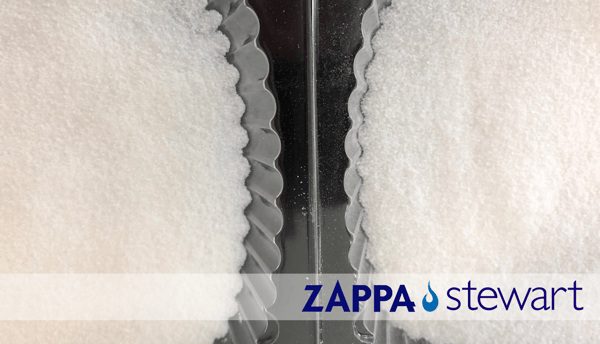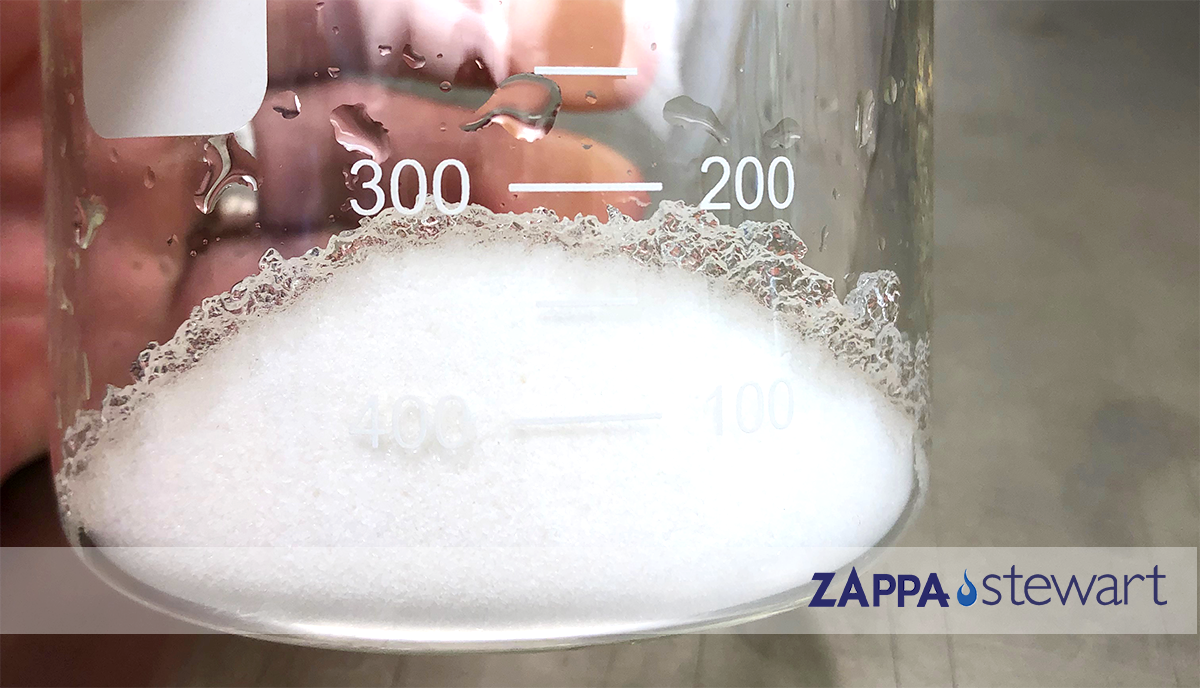 Superabsorbent polymer (SAP) technology selection is all about finding the right balance of properties that suits a specific liquid management need.
Superabsorbent polymer (SAP) technology selection is all about finding the right balance of properties that suits a specific liquid management need.
At a glance, different SAP products can appear identical, such as the two SAPs in the photo, below. However in the presence of liquid, the two SAPs display much different properties.
 |
| Image: Surface Cross-linked Sodium Polyacrylate SAP (left); SAP with No Surface Cross-linking (right) |
Performance of an SAP is often evaluated on absorption speed and permeability. The absorption speed of an SAP describes how quickly the polymer can absorb a volume of water.
Absorption speed is heavily dependent on SAP morphology. Some SAPs have very high surface-area morphology that offers extremely high absorption speeds. However, in certain applications, such as medical waste and industrial sludge solidification, certain types of high-surface area, high speed SAPs can underperform.
Gel blocking, a condition that results when the wetted surface of an SAP particle swells and impedes flow of liquid into the interior of the SAP particle, frequently occurs with high speed SAPs that also have low permeability.
The quest to find a fast SAP technology, that is also highly permeable, led to the discovery of “surface cross-linked” SAPs.
Surface cross-linking, a process that applies a coating to the SAP surface that forms bonds between polymer chains, essentially smooths the surfaces of the SAP molecules, allowing liquid to flow more freely through the SAP mass, and subsequently achieving superior permeability without sacrificing absorption speed.
 |
| Image: Gel-blocking of a pre-surface crosslinked SAP. A "crust" forms on the outer surface of the SAP mass which prevents water flow throughout the material. |
As a bonus, surface cross-linked polyacrylate SAPs can actually be more competitively priced than some high speed, low permeability SAPs.
In summary, surface cross-linked polyacrylate-based SAPs offer a balance between absorption speed and permeability that produces optimal performance in solidification of the following waste streams: surgical fluids, oil and gas drilling waste, HDD drill cuttings, wastewater treatment sludge, environmental remediation liquids and sludge, coal combustion residuals (coal ash), dredged sediments, and food safety testing waste.
To further explore SAP technologies and their applications or to request an SAP sample for your own real-time testing, contact Whit Rawls at 828.320.4615, or wrawls@chasecorp.com.








